Window treatment styles completely transform the vibe of any space with gorgeous patterns or unexpected pops of color to instantly elevate a room. With so many window treatment options, deciding what to use can be overwhelming. Whether buying something off the shelf or having pieces custom-made for your space, there are many options for every style and need. Here’s a rundown of the various types of window treatments and the types of window treatment fabric that work best.
Shades

Roman Shades
Roman shades are made of various light filtering and window treatment fabric options. When drawn, they fold up in large pleats, which look beautiful and let the light stream in! There are multiple styles of roman shades to choose from based on personal style and aesthetic preference.
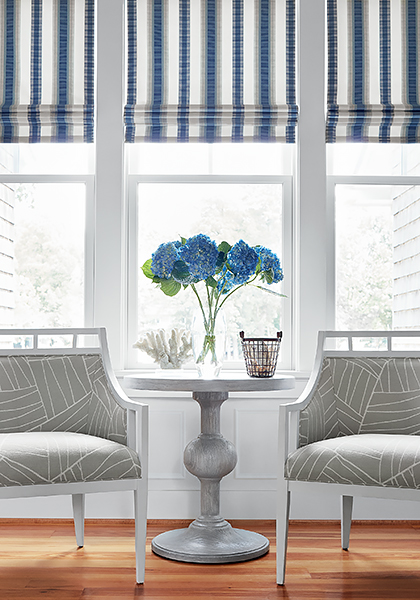
Standard Flat Fold Roman Shade
- Most popular
- Very contemporary and simple
- Ideal if you will be opening and closing the shade daily
- Fits nicely in shallow windows and french doors
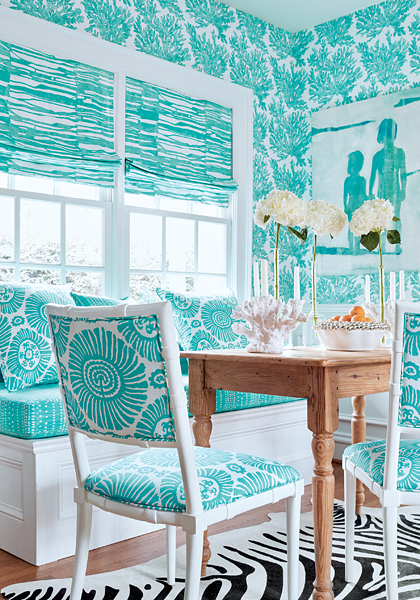
Plain Fold Roman Shade
- Adds texture to the window covering with decorative folds
- Folds are visible when shades are closed for visual interest
- Folds are heavier and broader, and the fold is a part of what makes this style striking.
Soft or Hobbled Fold Roman Shade
- Also called the teardrop or looped shade
- Very voluminous when raised
- Fold shape still visible when lowered
- Voluminous folds actually provide some insulation from exterior temperatures when closed
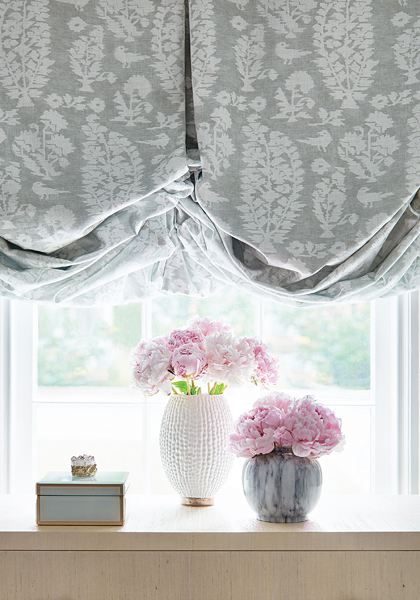
European Fold Roman Shade
- No rod in the bottom of the shade, so it has a softer natural curve
- Very relaxed, works well in baby rooms or formal locations in the home
Pleated Shades
Pleated shades are precisely as described, shades made from a pleated fabric. Not only does a pleated shade add some texture to the room, but they also pull up to nearly flat when drawn, so they are almost entirely hidden from sight.
Honeycomb or Cellular
Honeycomb or cellular shades are pleated with a honeycomb-shaped space in the middle. The honeycomb shape fills with air when they are down and helps prevent the temperature transfer from the outside, making them great for homeowners who are conscious of energy savings.
Roller Shade
Roller shades are the sleekest option for those who like window coverings to be hidden away when open. This shade style is a single panel of fabric that rolls up into its casing. The thing that is nice about this style is that you can choose a material that matches your style when they are down and rolled up; they are almost invisible. So, you get the best of both worlds!
Solar Shade
Solar shades are the same idea as roller shades, except they are made with fabrics that block UV rays from entering the room. If you have a sensitivity to UV rays, these are an excellent option for your home.
Curtain Headers

Ripple Fold
Ripple fold drapery has no pleats. Instead, they have a consistent s- curve rippling across the span of the curtain track. The ripples are created by carriers corded together to make that constant wave.
Tailored Pleat
Tailored pleat drapery is recognized by the waterfall pleat design. The pleats are held in place with a buckram stiffener, making the drapes functional and easy to operate in the home.
Pinch Pleat
Pinch pleat curtains are recognized by drawing lots of fabric into a tightly gathered stitched bunch at the top. The permanent pleats create an elegant look with folds flowing from top to bottom.
Grommet
Curtains with a grommet top have metal rings punched into the fabric to slide along the curtain rod. Grommets look very contemporary, so think about how this little detail goes with the rest of your home décor.
Inverted Pleat
An Inverted pleat turns the volume of the curtain inward. It is the opposite of a box pleat, and the construction creates a flat surface at the top for a contemporary look.
Goblet Drapery
Goblet pleats are a specific style that gives a similar look to a pinch pleat. They are tucked and folded to create openings along the top that look like a goblet or wineglass opening.
Rod Pocket Drapery
A very familiar style that you can find off the shelf easily is a rod pocket drapery. It is created with a sewn-in pocket at the top of a curtain panel that slips over a rod and conceals it.
Blinds & Shutters
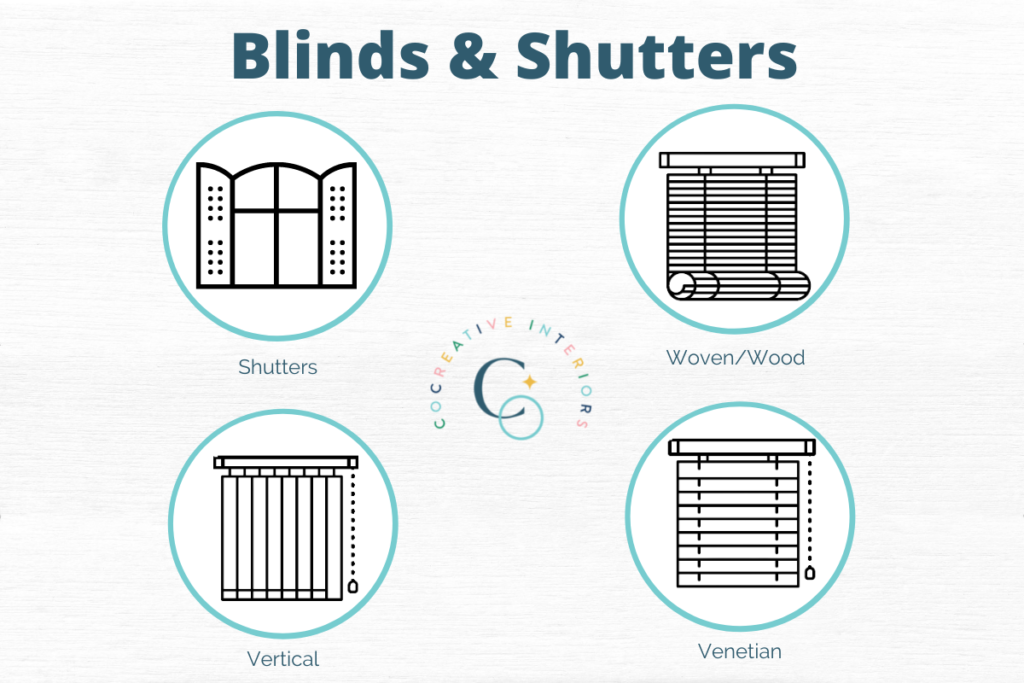
Shutters
Shutters provide a timeless, classical look to your home. They are usually made of wood or wood composite and can be painted any color. While they are often more expensive, they can give your home a timeless look.
Woven Shades
Woven wood shades are made from bamboo, jute, rattan, or natural grasses are incorporated into a material with texture variation. If you like a natural look, they are a great way to bring some natural elements to your window treatments.
Venetian Blinds
Venetian blinds are horizontal slats made from either wood or metal and suspended on ladder cords. They can be adjusted to let in light or completely block out exterior light.
Vertical Blinds
Vertical blinds are long slats that hang vertically from the top of the window. When open, they leave the window wholly exposed. Otherwise, they can be adjusted to filter the light as desired.
Choosing the Right Fabrics
Once you have decided on the style of window treatment you love, the next step is to choose the type of fabric. There are many options, and certain materials will work better than others based on your needs. To achieve the luxurious look of custom drapes, you need to choose particular fabrics. Man made fabric like polyester should be combined with natural fibers like cotton or linen to achieve a beautiful drape and hold its shape over time.
The first thing you want to do is decide on the vibe you want in the room. Formal spaces look beautiful with heavy silk and velvet that are rich and look luxurious. A more casual space looks beautiful with light linen or patterned cotton. There are so many possibilities, but since the fabric can be such a focal point in the room, make sure your choices match the mood you are trying to achieve.
The next step is to decide on the purpose and function of the window treatments. Do you want them to block out the sunlight? Are they purely decorative? How you want the window treatments to work in your home will determine the style and fabric choice. Below is a list of fabric terms and how they work best!
Sheer Fabrics
- Voile is a woven fabric that is soft, lightweight, and sheer. Higher quality voile has a very fine surface and lets in light while still creating some privacy.
- Lace is a fabric made from natural fibers that can provide privacy while letting in light and looking very elegant. There are so many lace patterns available that you can match your style.
Typical Fabrics
- Cotton can be purchased in drapery weight fabric, or you can add a liner to provide more structure.
- Canvas is a tightly-woven cotton fabric that is a common window treatment choice. It looks good and works wonderfully for blocking light.
- Poplin or tabinet is a medium-weave made individually or collectively from cotton, wool, linen, silk, or manufactured fibers.
- Velvet is made from various fibers such as cotton, linen, mohair, wool, and silk. Velvet works well to block out light and cold air.
- Satin is a smooth and shiny fabric that immediately adds a touch of elegance to any room. It works well to block light and provide privacy.
- Linen comes in medium to heavyweight, making it very versatile as a drapery fabric. It allows light while providing privacy, and even if it wrinkles, it can still look beautiful.
Drapery Linings
One of the essential aspects of drapery is the lining. A drapery lining is often overlooked as it is not a visible part of the finished product. In reality, the lining is one of the most important parts as it truly customizes the drapery for your home. There are various lining styles to choose from to best suit your needs.
Basic Lining
High-quality drapes are made with a lining sewn to the back of the drape fabric. The lining is usually made from a blend of cotton and polyester and is soft and wrinkle-resistant, and protects from moisture.
Flannel Interlining
An interlining is a fabric placed between the drape and the lining. It provides more insulation and can add to the fullness of your drapes.
Classic Napped
Used as an alternative to the flannel interlining, classic napped has a sateen finish and is used when interlining is wanted but without the extra layer and bulk.
Blackout Lining
Blackout lining is used to block out any exterior light. Often used in hotels or parts of the world with longer days. This lining is made from synthetic materials and can be very rigid. You can choose varying degrees of light-blocking based on the fabric.
Thermal Suede Lining
Similar to blackout lining but softer and more flexible. It is mainly used for thermal insulation, but it can also help block about 70% of light.
Self Lining
Mainly used with valances, jabots, and cascades that go with swags, self lining is made when the same fabric is used for the lining and the face of the window treatment.
Drapery Decor
Once you have your window drapes in place, you can add accessories to make them more custom. The nice thing about these extras is that some well-chosen accessories can add your own personal touch, whether you have window treatments custom-made or buy off the shelf.
Trim
Adding trim or fringe to your drapes and curtains can add more visual interest to your curtains. There are millions of trim types from solid colors, tassels, and patterns to edge your drapes.
Finials
If you want to add some personality to your curtain rod, consider some finials. These decorative attachments extend your curtain rod with a beautiful shape on either end.
Tie Backs
Whether you are tying back with fabric or installing metal tiebacks to your walls, you can find some beautiful and decorative pieces that become a showpiece on their own and add to the room’s design.
Whether you decide to purchase your window treatments from a store shelf or have them custom-designed, make sure you are measuring your windows, choosing based on the style of the room and how you want the window treatments to function.
If you would like help choosing your window treatments, get in touch! The CoCreative Interiors design process guides you through these decisions to keep you from becoming overwhelmed. Knowing that you have a professional designer in your back pocket allows you to confidently make design decisions while creating a space that reflects your personal style. We are happy to serve clients in the Charlotte, North Carolina area! Book your complimentary discovery call today to learn more about working together.

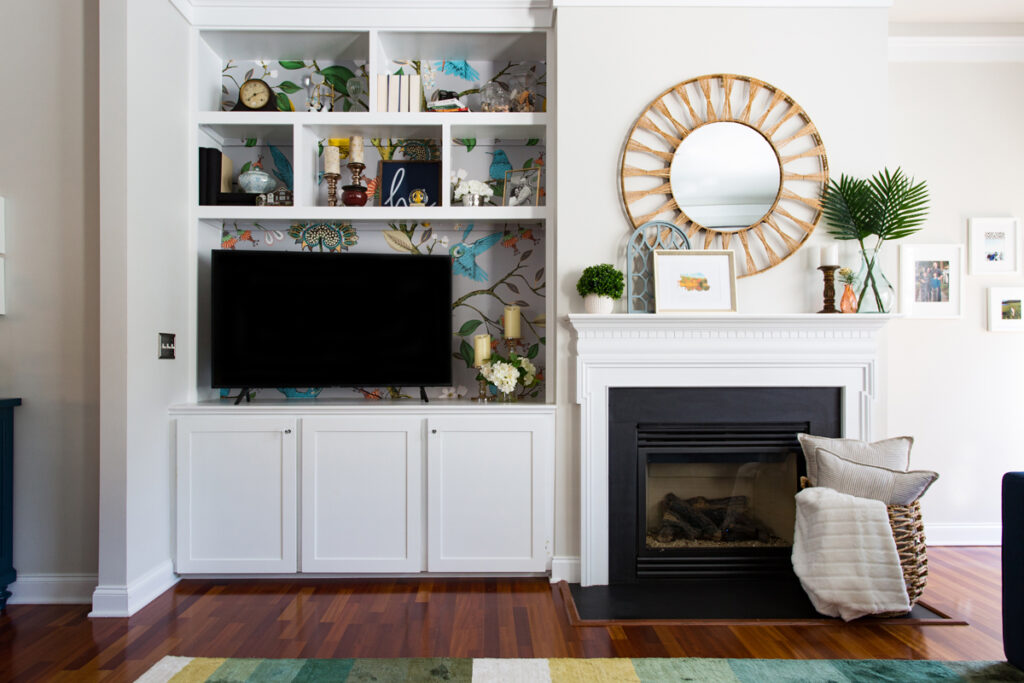




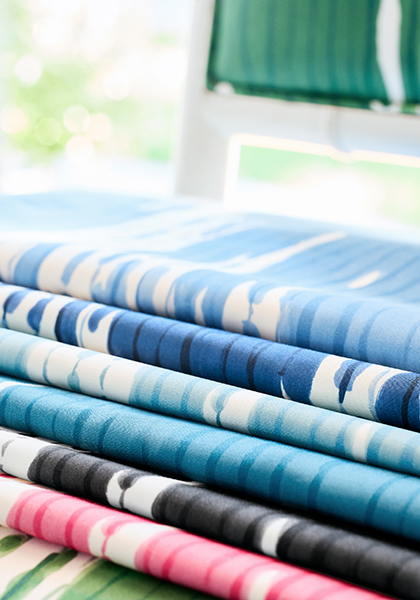


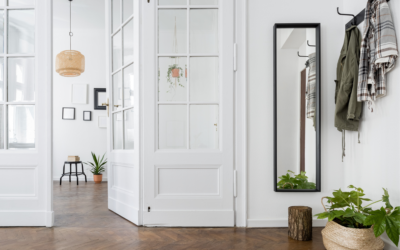
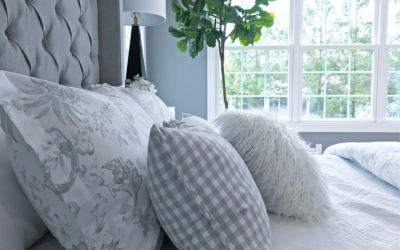
0 Comments